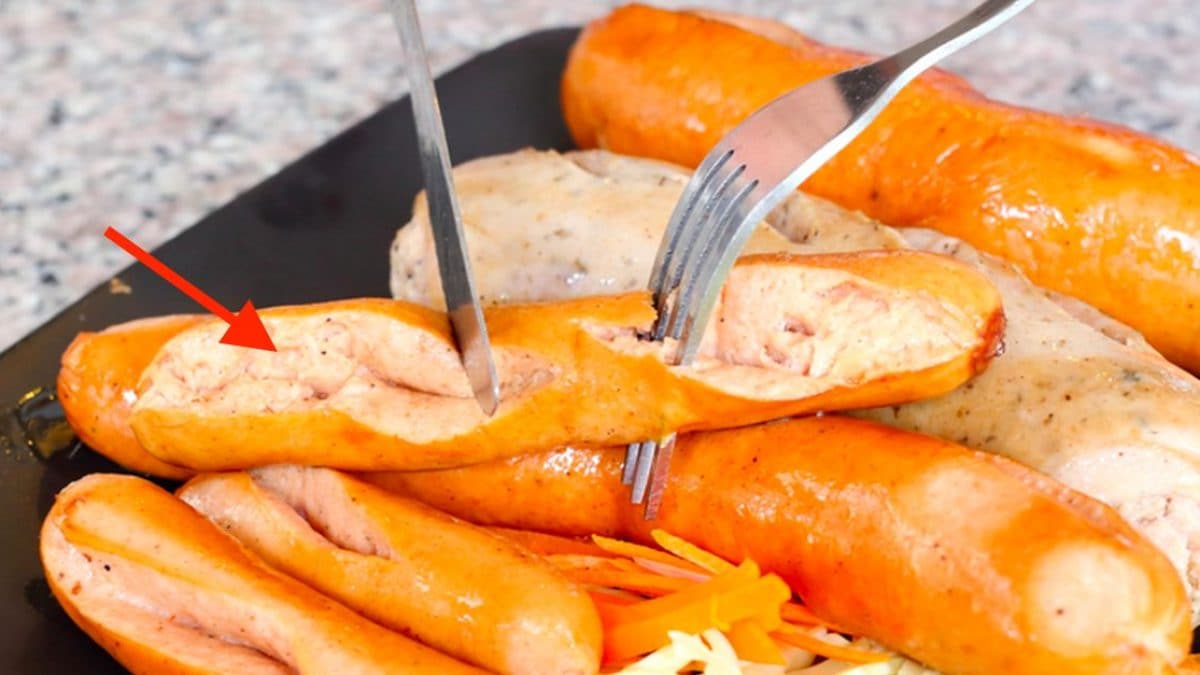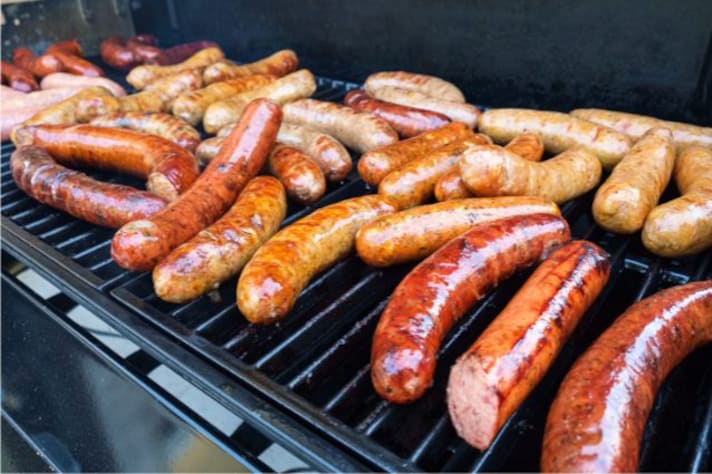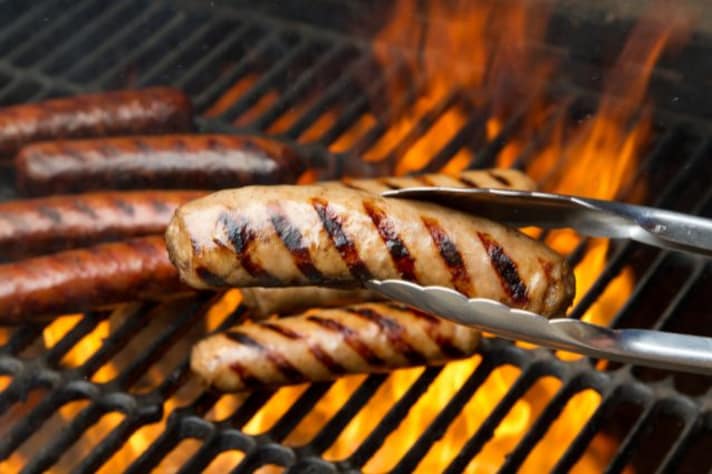
Sausages are a culinary favorite around the world, cherished for their versatility and the variety they bring to any meal. With countless types available globally and a significant assortment found within the United States alone, sausages cater to diverse tastes and preferences. These flavorful links of meat can be enjoyed at breakfast, lunch, or dinner, and their cooking methods are just as varied. Whether grilled, fried, baked, or boiled, one common principle should be adhered to for the best results: never score or cut the sausage before cooking. Doing so can compromise the quality and flavor of this beloved food.
Why You Should Never Score Your Sausage Before Cooking
Many people mistakenly believe that poking or scoring sausages before cooking helps them cook more evenly or release unwanted fats. In reality, this practice can ruin a perfectly good sausage. When you cut or poke holes in a sausage, you allow the juices and fats inside to escape prematurely. These juices are crucial for keeping the sausage moist and flavorful. Without them, the sausage can become dry and lose much of its taste. Additionally, scoring the skin can cause the sausage to split open during cooking, leading to an uneven texture and an unappetizing appearance. The key to a delicious sausage is to cook it slowly and evenly, allowing the fats and juices to render properly without any need for piercing the skin.

Is the Sausage Casing Edible?
A common question among sausage enthusiasts is whether the casing is edible. In most cases, the answer is yes. Sausage casings are typically made from either natural or synthetic materials. Natural casings, derived from animal intestines, are edible and add a delightful snap to each bite. They are usually transparent and provide a more traditional texture and flavor. Synthetic casings, made from collagen, cellulose, or plastic, are also generally safe to eat, though some are designed to be removed before consumption. You can usually tell if a casing is inedible by its appearance and texture; if it seems tough or difficult to chew, it’s best to peel it off before eating. Always check the packaging or ask your butcher if you're unsure about the type of casing used.

What About Pricking My Sausage?
Some might wonder if pricking sausages before cooking could help them cook faster or more evenly, especially in the oven. However, this method is not recommended. Pricking sausages can lead to the same issues as scoring or cutting: loss of juices and uneven cooking. To ensure your sausages cook properly without pricking, use a gentle and consistent heat source. For grilling or pan-frying, cook sausages over medium heat and turn them regularly to cook them evenly on all sides. In the oven, bake sausages at a moderate temperature (around 350°F or 175°C) for 20-25 minutes, turning them halfway through the cooking time. This method ensures that the sausages cook through evenly without losing their delicious juices.
;Resize,width=767;)
